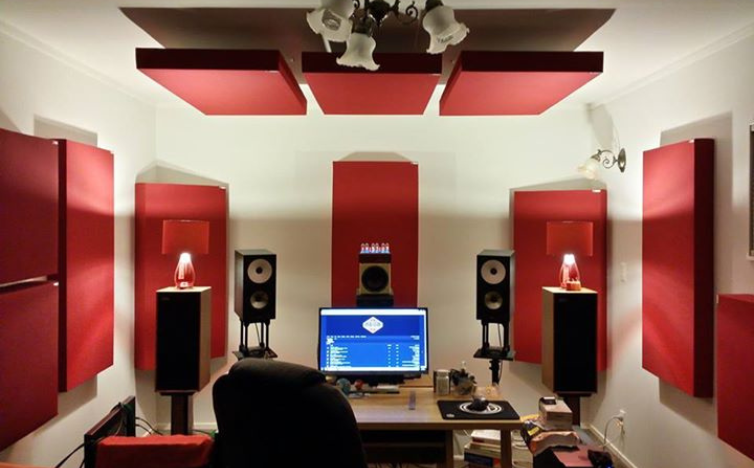Bass traps are essential acoustic treatments that help manage low-frequency sound waves, providing balanced and clearer sound in any space. Whether you’re setting up a home studio, theater, or listening room, choosing the right bass traps can make a significant difference in sound quality. This article will guide you through selecting the best bass traps for your space.
Understand the Role of Bass Traps
Before diving into selection, it’s important to understand why bass traps are necessary. Bass frequencies, often responsible for muddy or unclear sound, tend to build up in corners and along walls. Bass traps help absorb these low frequencies, balancing the sound by eliminating excess bass that can distort audio clarity.

Assess Your Room Size and Shape
Room size and shape play a critical role in determining the type and quantity of bass traps you’ll need. Larger rooms may require more or thicker bass traps to absorb low-frequency sound effectively, while smaller spaces might need less but still benefit from strategic placement.
- Small Rooms: A smaller room, such as a home studio, typically requires less bass trapping, but it’s crucial to cover all corners and some walls.
- Large Rooms: For larger spaces like auditoriums or home theaters, you may need to install additional traps at key reflection points.
Choose the Right Type of Bass Traps
There are different types of bass traps available, and your choice will depend on your specific needs and space. The two main types are:
- Broadband Bass Traps: These are versatile and absorb a wide range of frequencies, not just bass. They’re ideal for general acoustic treatment in most spaces.
- Tuned Bass Traps: Tuned bass traps focus on absorbing specific low frequencies. These are best suited for spaces with targeted acoustic problems or specific low-frequency resonance issues.
Consider Material and Thickness
The material and thickness of your bass traps directly influence their performance. Most bass traps are made from high-density foam or fiberglass.
- Foam Bass Traps: Lightweight and affordable, foam traps are easy to install but may not be as effective at very low frequencies.
- Fiberglass Bass Traps: These are heavier but offer superior absorption, particularly for deep bass frequencies. For optimal performance, bass traps should generally be at least 4 inches thick, with thicker options available for rooms with more significant low-frequency problems.
Proper Placement for Maximum Efficiency
Bass traps are most effective when placed at points where low-frequency sound tends to accumulate. The key areas for installation include:
- Corners: Bass buildup often occurs in the corners of a room. Placing bass traps in all vertical corners (where two walls meet) can significantly reduce unwanted low-frequency reflections.
- Walls and Ceiling Corners: Adding traps where walls meet the ceiling can help further absorb lingering bass energy.
- First Reflection Points: Placing traps at these points can reduce first-reflection bass buildup, improving sound clarity and balance.
Test and Adjust
Once the bass traps are installed, it’s important to test the acoustic performance of the room. If the sound still feels imbalanced, consider adding more traps or adjusting their placement. Every room is unique, and sometimes small tweaks can make a big difference.
Call us: Contact DeSound Soundproofing Expert in Dubai For Soundproofing: +971 56 231 4204
Conclusion
Choosing the right bass traps for your space is essential for achieving the best sound quality, whether you’re setting up a recording studio, a home theater, or a listening room. By assessing your room size, choosing the appropriate type and material, and placing them strategically, you can effectively control low-frequency sound and enhance your overall acoustic experience.

